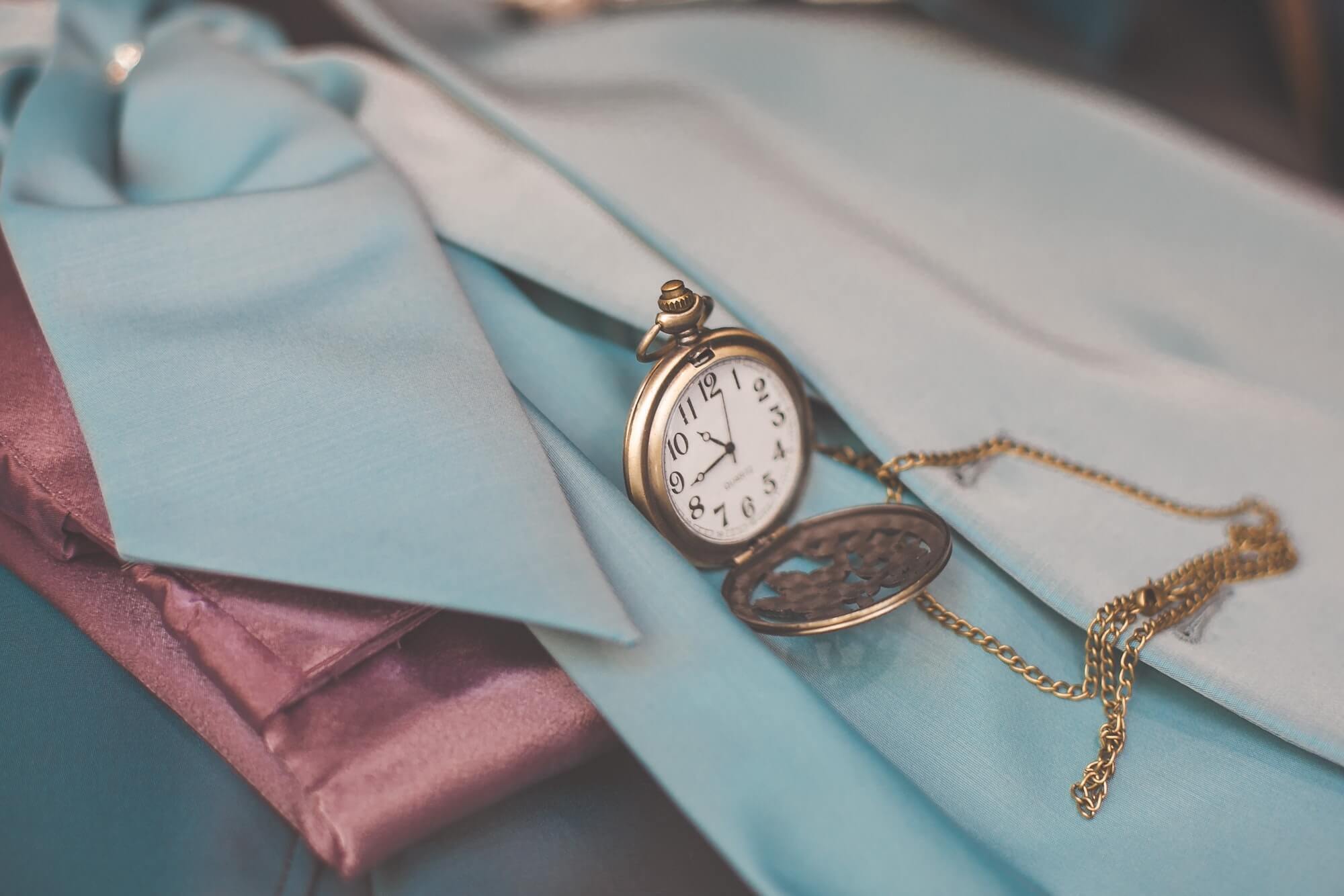Watches
The History of the Watch
The history of the watch is a long and fascinating one. Unlike a clock or other devices that tell time, a typical wristwatch is designed to be worn around the wrist with the help of a strap or bracelet. While they can seem pretty basic at first glance, we’ve come a long way from telling time through the use of the sky or sundials. From ancient Egypt to Rolex, from pocket watches to the latest Apple Watch, timepieces as we know them have gone through countless innovations over the years.
Table of Contents
Timekeeping has been practiced for ages, but the evolution of the watch itself is fairly recent in the grand scheme of things. Today, watches are still worn as tools and accessories—just updated versions. There is now an abundant variety of watches and functions available to those hunting for the perfect match. Largely influenced by everything from the military, to technology, to the latest fashion trends, the development of the wristwatch is a complicated tale that we’ve taken the time to break down for you here.
Initial Forms & Early Creations
So when was the watch invented, you might ask? The concept of keeping time in terms of the 24-hour day first came about thousands of years ago thanks to inventions by the Egyptians. Sundials were their timekeepers of choice, which are widely recognized as the first form of what we now know as clocks. Mechanical clocks themselves appeared in the more traditional form later on in 14th century Europe, when hour hands were introduced. All of these early forms heavily influenced the appearance of the watches we wear today.
But before we strapped them to our wrists, many people started by sporting watch pendants—worn around the neck—or pocket watches, which came into fashion when King Charles II popularized the waistcoat. These were early European forms of the portable watch that were mostly worn and made fashionable by royalty, as many trends have been. By the 16th century, many higher-ups in society from England, France, Germany, and beyond carried these small, portable clocks on a daily basis.
The history of the wristwatch itself can be traced as far back as Queen Elizabeth I and Queen Caroline Murat, who were both said to have worn some of its earliest forms thanks to 1st Earl of Leicester Robert Dudley and horologist Abraham-Louis Breguet, who were among the first to cement the concept.
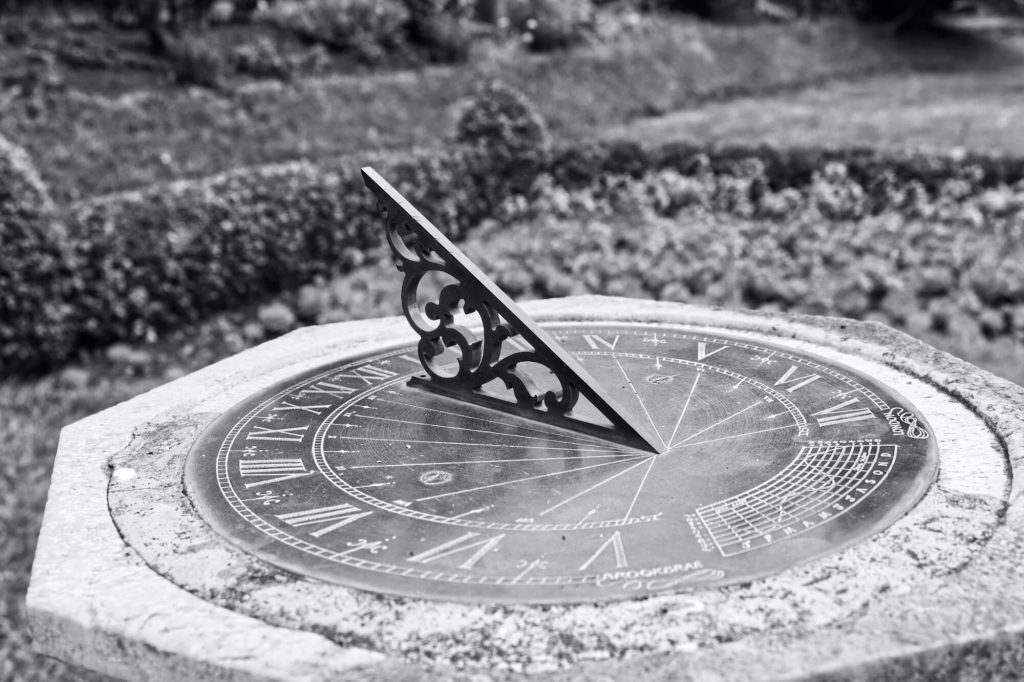
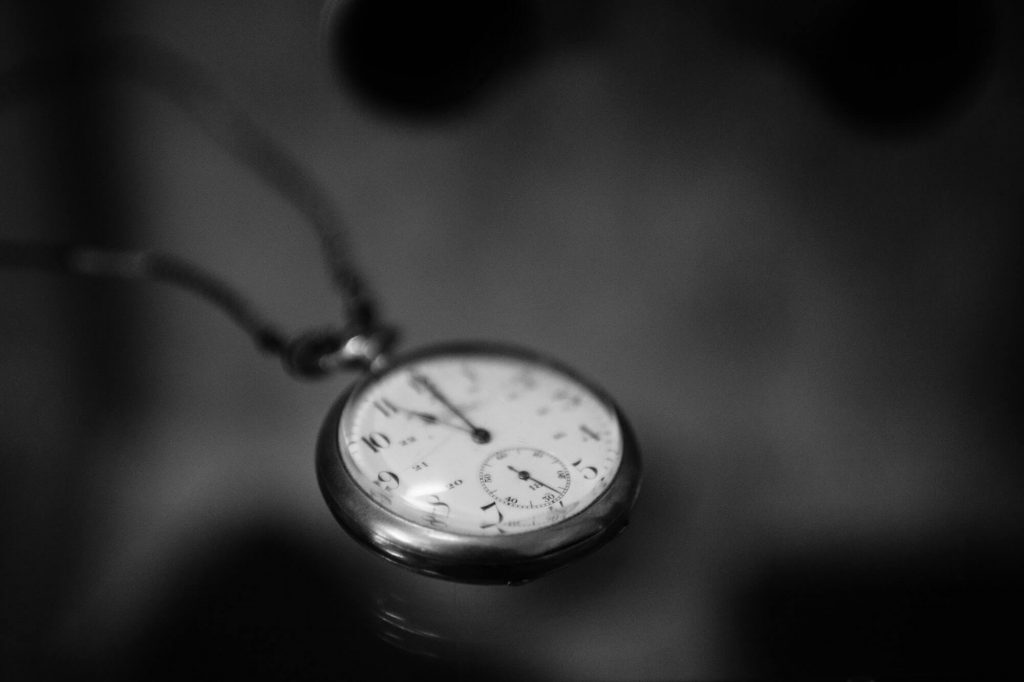
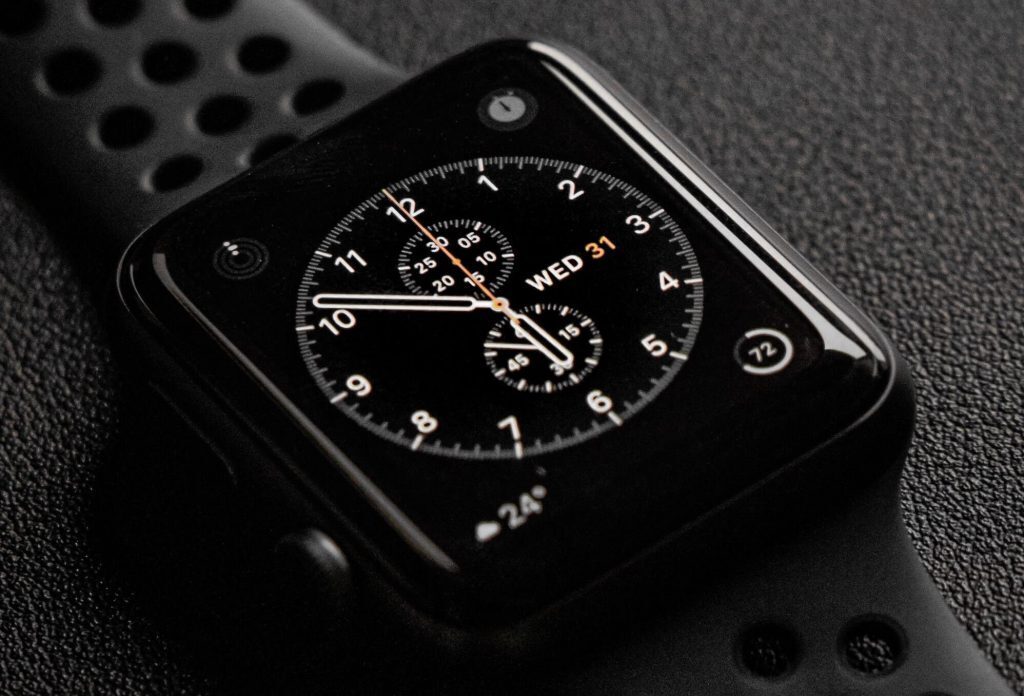
Military Use & Various Innovations
As with many inventions, the Industrial Revolution transformed the watch from an elite item into a full-blown industry. With updated machinery replacing the carefully handmade, and transportation technology facilitating the distribution of products, wristwatches finally became accessible to a public market. At this point, wristwatches had moved from an exclusive item for the noble to an item designed for professional use.
Before watches became popular among the civilian population, the professional users of the watch were typically military personnel, both on the ground and in the air. Soldiers needed their hands free and didn’t have the time to fiddle with pocket watches, so a watch strapped to the wrist was considered efficient by many. While soldiers had been using variations of portable clocks for years, the military wristwatch developed along with the advancement of war technologies. Over the years, military watches began to include special features and complications that highlighted visibility and durability, as well as functions that would best serve soldiers and pilots. Terms we still use today such as “shock-proof”, “scratch-resistant”, and “luminous” became commonplace during this period in the history of the watch.
During the Second Boer War, many soldiers created their own versions of the wristwatch out of convenience, and by World War I, many military men had proper watches provided to them and began to wear them en masse. Due to their usefulness and ease, nobody really wanted to give them up after the war ended.
Watches As Fashionable Accessories
In the 1900s, the watch finally gained mass popularity due to the soldiers’ influence upon return, and eventually became both a practical and fashionable staple for everyday people. By the 1920s and 30s, Rolex, founded by Hans Wilsdorf, had soared to the top of the market with its Oyster branding, and has basically stayed there ever since. Their waterproof models and self-winding movement started being used far and wide, replacing hand-wound watches.
The so-called “quartz crisis” occurred with the invention of the electronic quartz movement in the 1960s. Battery-operated quartz watches flooded the market, outdoing mechanical watches by a longshot. During this time, other Swiss watch brands emerged and Rolex gained Japanese competitors as well, such as Seiko and Citizen. The quartz watches developed by these companies tended to be sturdier, more accurate, and more affordable than mechanical watches, making them extremely desirable to the general public.
This is still true today, as most watches run on quartz movement. However, many of the current and most expensive luxury watches are still mechanical. This is because mechanical watches became rarer and rarer as quartz watches were being mass-produced. The appeal of mechanical watches today lies in their hand-crafted movement and unique complications. Many watch manufacturers took the quartz crisis and used it to birth the luxury watch market, which is why many of these brands and mechanical watches are so high-end today.
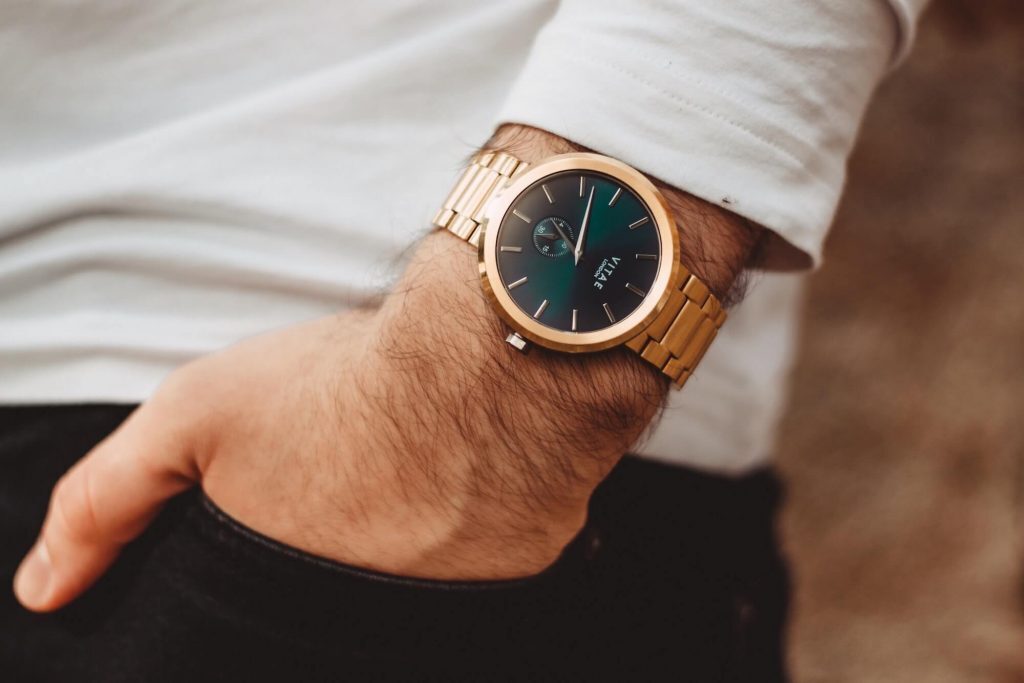

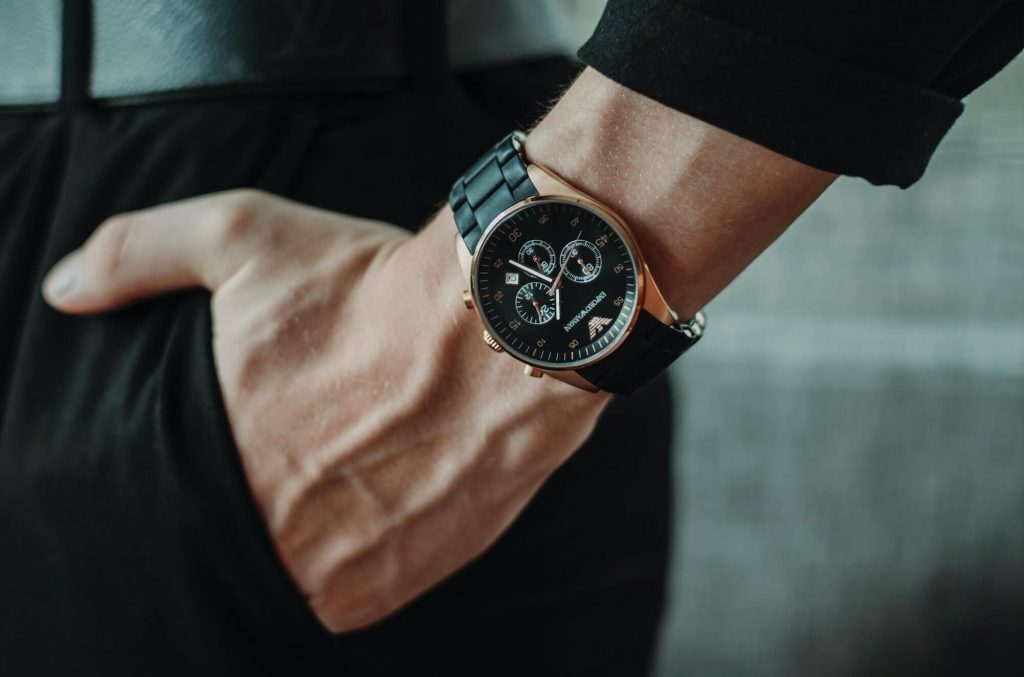
Smartwatch Technology & the Future
While the history of the watch is vast and complex, the future of the watch is perhaps even more so. With modern innovations and inventions such as smartphones and the smartwatch, we’re able to do more with “portable clocks” than ever. In fact, terms like “portable clock” and “timepiece” themselves seem long outdated when the function of timekeeping is only a mere fraction of the various uses smartwatches provide today.
Smartwatches began to pop up here and there as early as the late 90s and early 2000s, but they didn’t reach the height of their popularity until Apple announced the release of the first-ever Apple Watch in late 2014. Smartwatches were attractive because they were much more than just a digital watch. They’re essentially a computer, a phone, an Mp3 player, and more, all accessible from a simple tap on your wrist—or even voice activation, in some cases. They can count calories, track steps, monitor sleep cycles. They can do everything from connecting to your favorite apps, to performing fairly reliable EKGs. All of this has led smartwatches to be fierce competition in both the tech industry and the watch industry.
On the other hand, the fashion moment of the luxury watch is far from over and luxury watches are still solid investment prospects. High-end watches persevere as elite, long-lasting items coveted by the rich and famous; as family heirlooms passed down through generations; and as gifts to mark momentous occasions. In terms of the everyday use of the watch, however, it’s still to be seen. Will everyday people turn towards luxurious mechanicals or luxurious pieces of technology? Is the “Apple Watch crisis” the new quartz crisis? Maybe people will start wearing a combination of both!
Several luxury watch manufacturers have already released or announced their own plans to innovate and incorporate smartwatch technology, so perhaps the future will include a hybrid model we can’t even imagine yet. The history of watchmaking has always required a combination of art, craft, and technology, and we don’t expect the future of watchmaking to be any different. The combination of tried-and-true craftsmanship and technological progression is sure to keep the watch industry alive and well.

